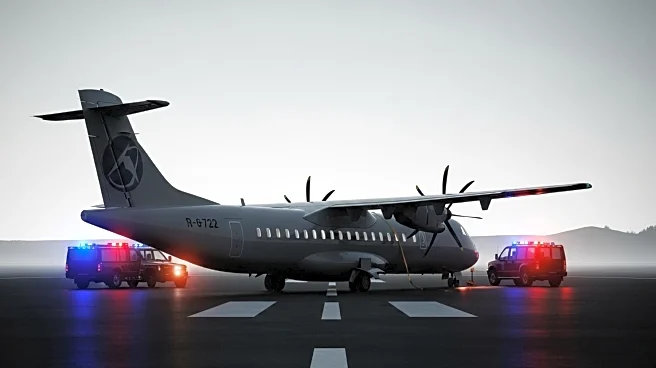What's Happening?
A new study from the University of Reading indicates that climate change is increasing atmospheric instability, leading to a higher risk of clear-air turbulence for airlines. The research, published in the Journal of the Atmospheric Sciences, used 26 global climate models to analyze the effects of warming temperatures on jet streams at typical cruising altitudes. The study found that windshear will increase by 16-27%, and the atmosphere will become 10-20% less stable from 2015 to 2100. This instability is expected to make flights bumpier and more challenging to predict.
Why It's Important?
The findings have significant implications for the aviation industry, as clear-air turbulence is difficult to forecast and can lead to injuries for passengers and crew. Increased turbulence could result in higher operational costs for airlines due to potential damage to aircraft and the need for more sophisticated forecasting tools. The study highlights the broader impact of climate change on various sectors, emphasizing the need for adaptive strategies to mitigate risks associated with changing atmospheric conditions.
What's Next?
The research team plans to conduct a follow-up study to assess the frequency and severity of clear-air turbulence events. Airlines and aviation authorities may need to invest in advanced forecasting technologies and revise safety protocols to address the increased risks. The study underscores the importance of continued research into the effects of climate change on aviation and other industries.












